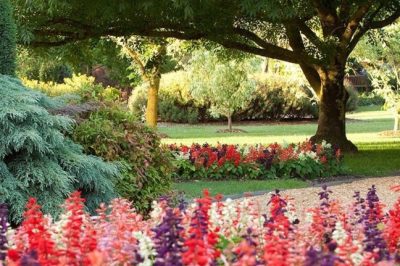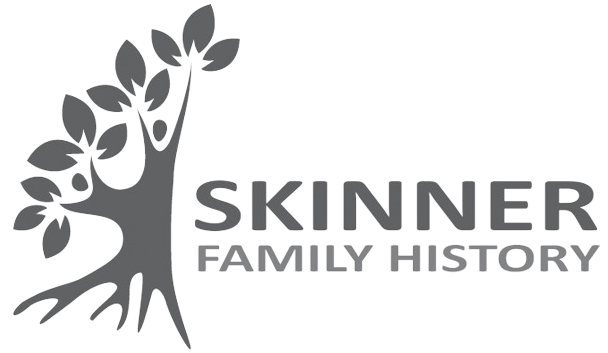Dr Frederick Morgan CBE
A renowned scientist
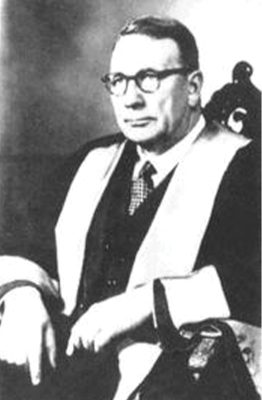
When researching the siblings of our great-grandfather we were fascinated to stumble across the achievements of Dr Frederick Grantley Morgan, an Australian scientist. So where does he fit into the Skinner family tree? Well, Frederick was the son of Jane Morgan (nee Skinner), the sister of our great-grandfather, James Skinner, making Frederick a cousin of our grandfather, Donald Skinner.
Frederick’s mother, Jane Skinner, was born at Somerton Farm in Newport, before growing up at Abernant Farm, Kemeys Inferior. In 1881 Jane married Sydney Morgan at All Saint’s Church. Sydney was a tailor from Caerleon. In 1889 the family received financial support to emigrate to Australia and start a new life. Travelling with them were their three young children; Jessie, Sydney and Edward.
The family settled in New Genelg, a seaside suburb of Adelaide, and a fourth son, Frederick, was born 4th July 1891. Frederick was educated at Geelong Church of England Grammar School and the University of Melbourne, graduating in 1916. His eldest brother Sydney was killed fighting in Belgium during World War I.
After starting his career at Melbourne Hospital, he was appointed Assistant Bacteriologist at the Commonwealth Serum Laboratories (CSL), Melbourne in 1921. Amongst his early assignments was travelling to Nauru to investigate leprosy. Back in Melbourne, he supervised the production of one of the early batches of insulin in 1922.
From 1925 he worked on a means of passive immunisation against poliomyelitis by using human immune serum. He became Assistant Director of CSL in 1925, and Director in 1927. In 1928, the CSL team collaborated with Charles Kellaway at the Hall Institute to research snake venom and manufacture an antivenom.
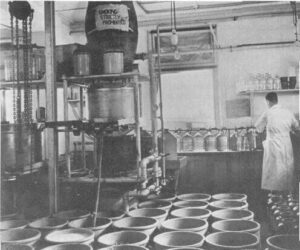
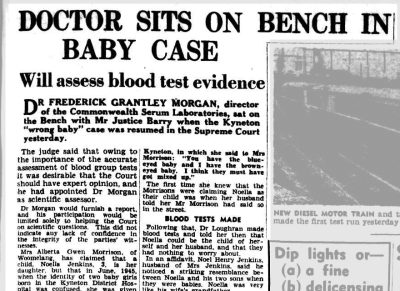
In 1928 a tragedy occurred when twenty-one children were given a CSL diphtheria toxin-antitoxin mixture. Eighteen of them became ill and twelve died. This calamity immediately overshadowed the organisation and its new director. Evidence showed the method of supplying the preparation had been unsafe. Despite this the laboratories were to flourish and during World War II did vital work in blood processing, the production of serum, and rapidly manufacturing large quantities of penicillin.
In 1948 Frederick sat on the Bench with Mr Justice Barry when the Kyneton “wrong baby” case was resumed in the Supreme Court. The judge said that owing to the importance of the accurate assessment of blood group tests it was desirable that the Court should have expert opinion, and he had appointed Dr Morgan as scientific assessor.
Away from work Frederick married 22-year-old Dorothy Lewin from Lincoln. They wed in 1930 at All Saints Church, St Kilda. The couple had three children and the family lived in the director’s residence in the grounds of CSL. In 1933 Fredrick, Dorothy and infant son David sailed to the UK, landing at Hull, and later that year sailed on to Quebec. They travelled on behalf of the Australian Trade Commission.
Fredrick’s nature was described as calm and gentlemanly a very good singing voice of considerable range. A capable pianist, he accompanied his own vocal efforts at home and sang in public concerts. He belonged to the Melbourne Cricket Club, supported the Melbourne Football Club, and played golf at the Royal Melbourne and Kingston Heath clubs.
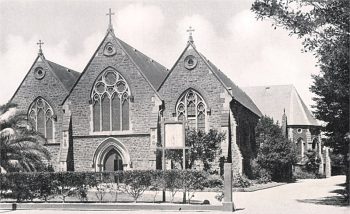
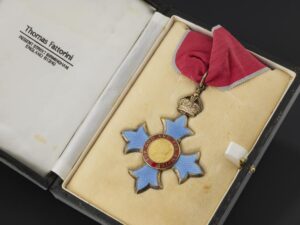
Frederick retired on 3rd July 1956, he had been in charge of CSL for twenty-nine years. His style of administration was conservative and cautious, reflecting his experience as a working medical scientist and especially that of the Bundaberg tragedy. CSL was wholly owned by the Australian federal government until its privatisation in 1994. It now employs 30,000 people and has revenues exceeding $10 billion.
Dr Frederick Morgan was appointed CBE in 1955. Standing for Commander of the Order of the British Empire, CBE is the highest ranking Order of the British Empire level (excluding a knighthood). An individual may be appointed a CBE for having a prominent role at national level, or a leading role at regional level.
In retirement Frederick worked for several years in the BCG section of the Victorian Department of Health. He also served as a Member of the College of Pathologists of Australia.
At a relatively early age he suffered from a mild form of Parkinson’s disease which progressed slowly and took over when he was in his seventies. He died on 24th December 1969 at Kew and was cremated. His ashes were scattered at Springvale Botanical Cemetery. His wife and three sons survived him.
Do you anything extra to share? Email: research@skinnerfamilyhistory.com
